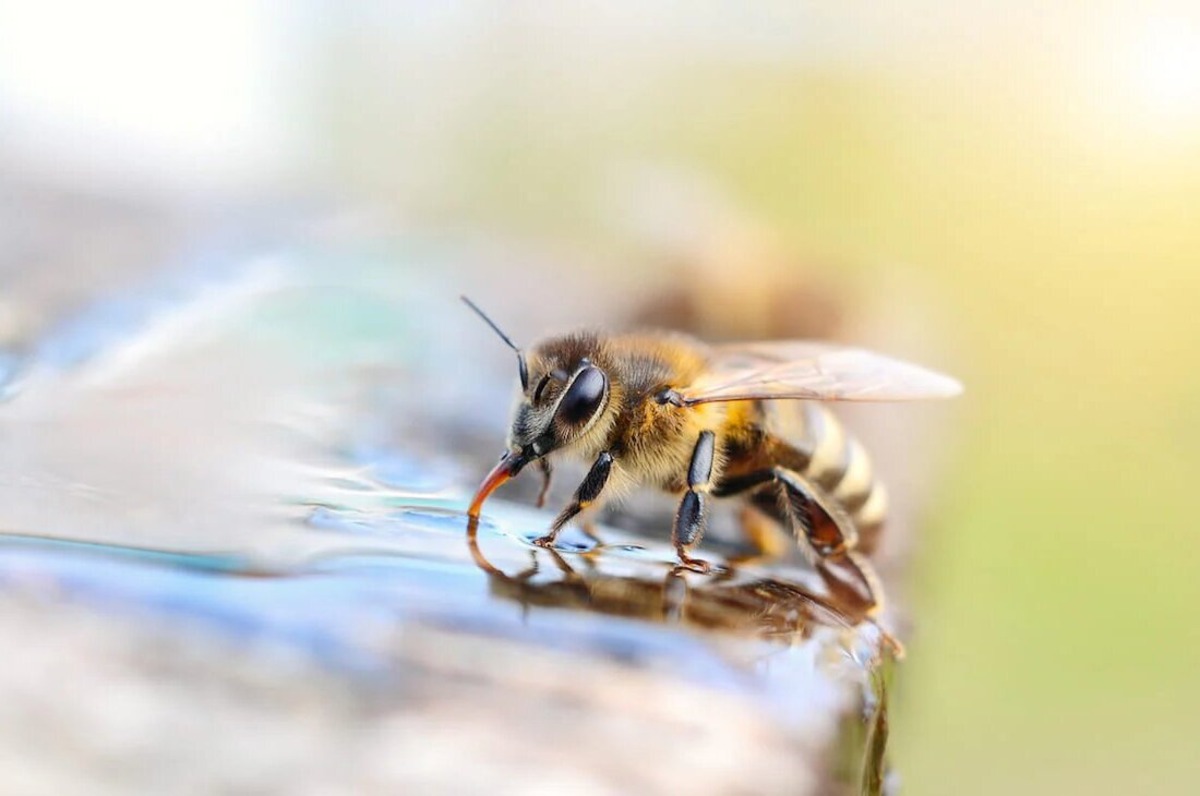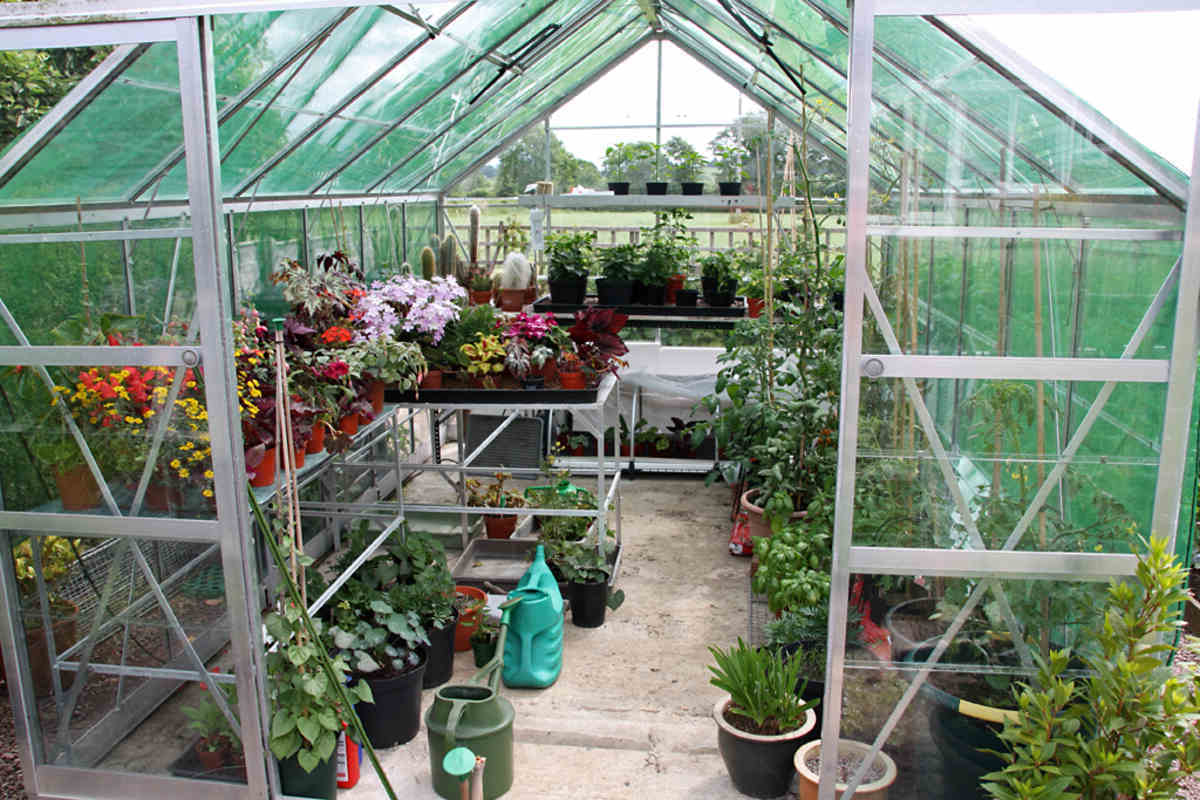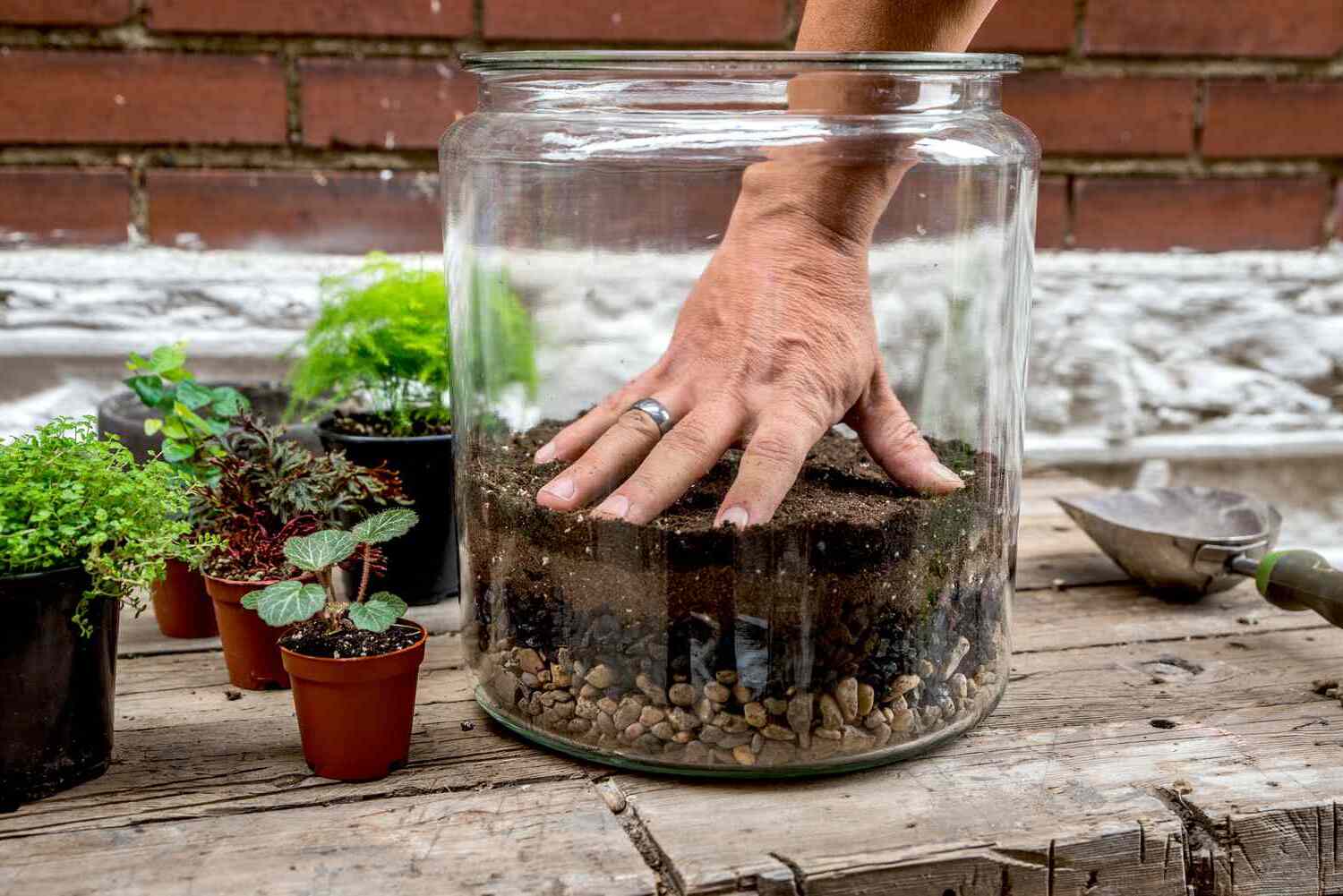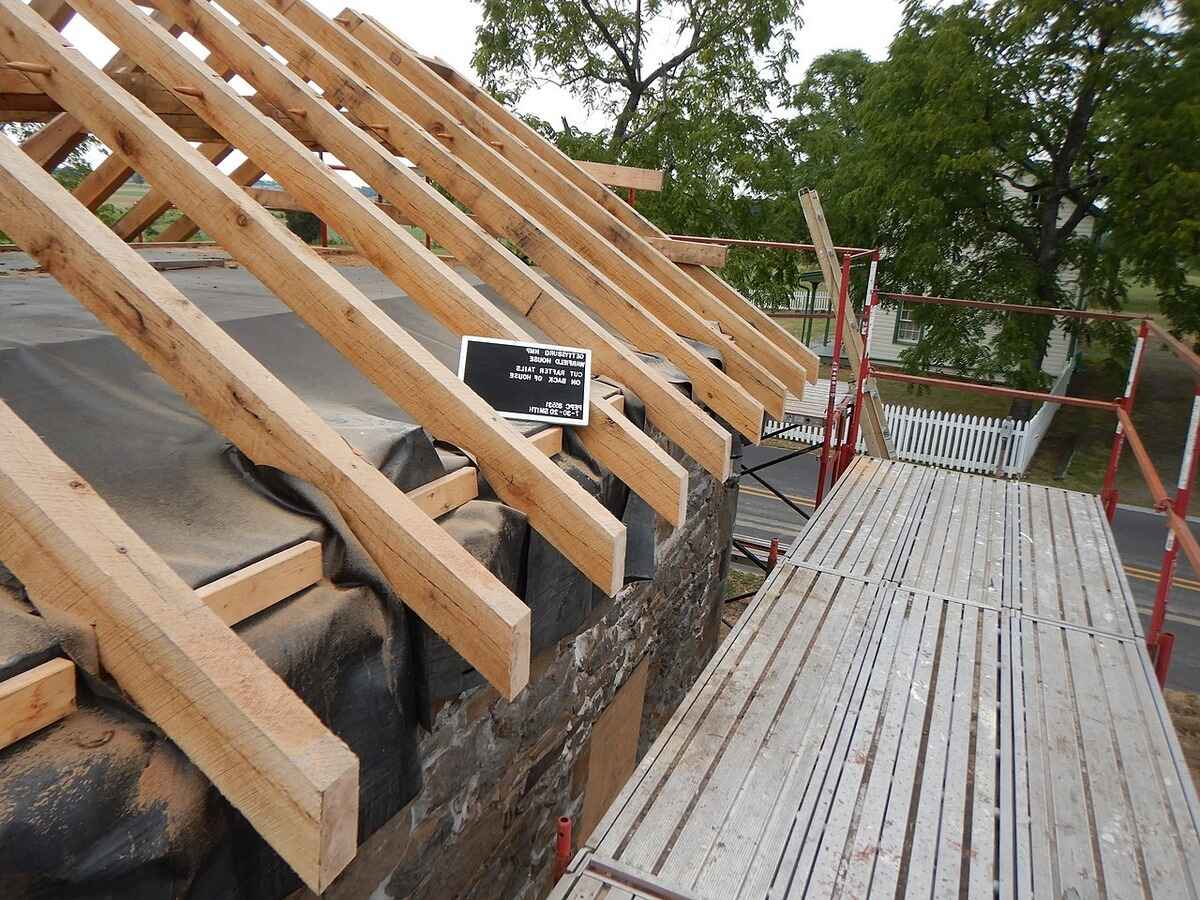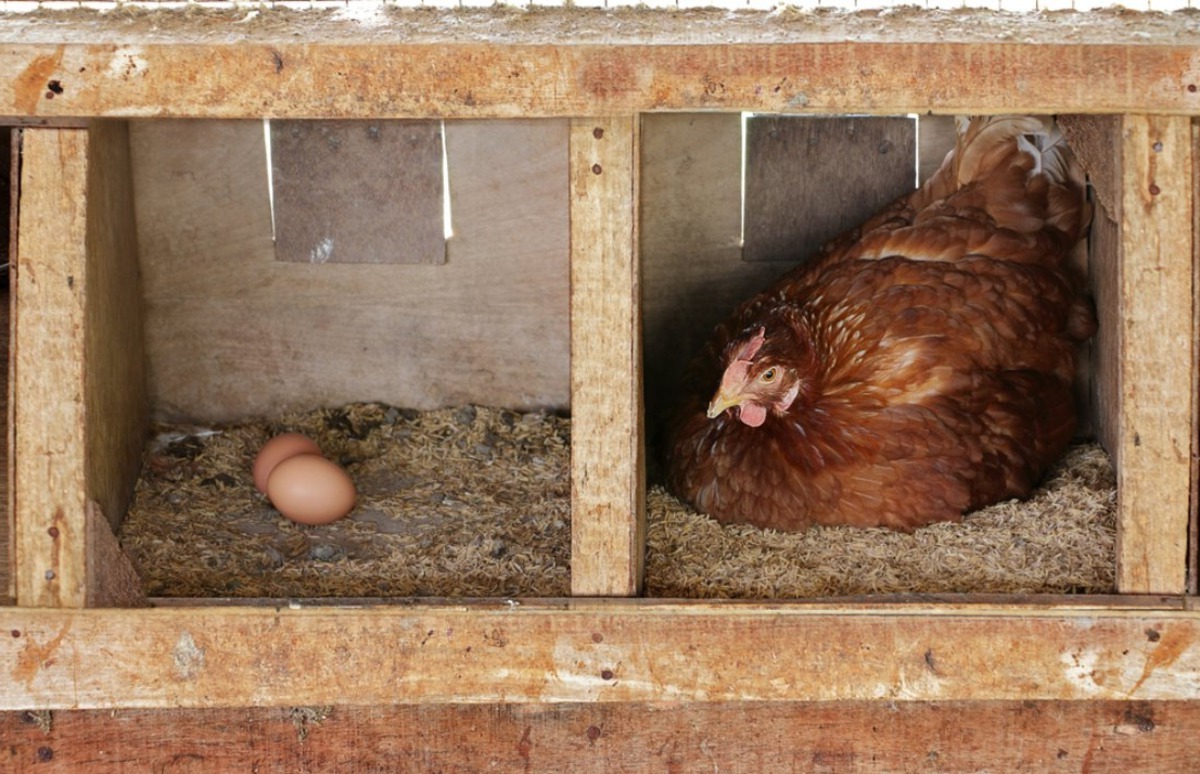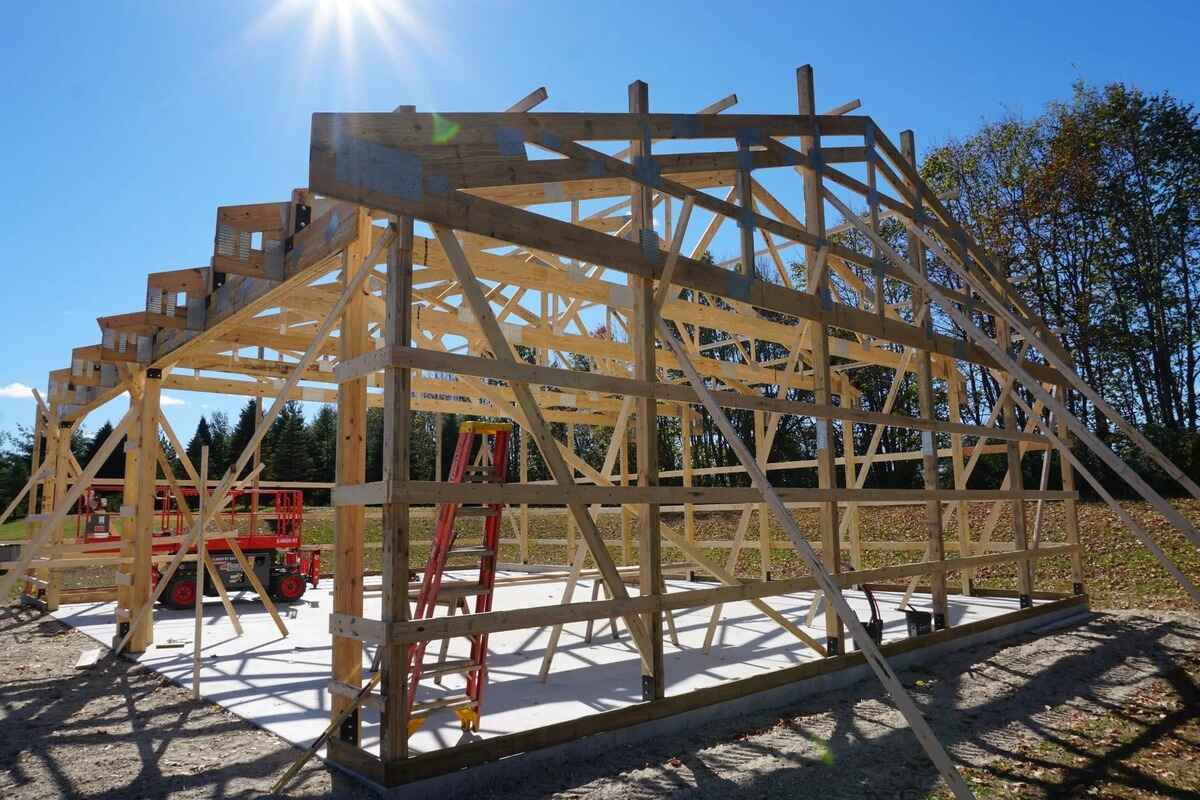Home> Create & Decorate > DIY & Crafts
DIY & Crafts
Unleash your creativity with DIY & Crafts, offering a treasure trove of craft projects and DIY ideas for all skill levels, from beginners to seasoned crafters.
By: Evelyn Wilson • DIY & Crafts
DIY End Table: How To Create A Stylish And Functional Piece For Your Living Space
Introduction Are you looking to add a personal touch to your living space while also enhancing its functionality? Creating your own DIY end table can be a rewarding and budget-friendly project that allows you to showcase your creativity and craftsmanship. In this article, we will guide you through the process...
Read MoreBy: Harper Martinez • DIY & Crafts
DIY Sandbox: Create Your Own Backyard Play Area
Introduction So, you want to create a fun and safe play area for your kids right in your own backyard? Building a DIY sandbox is a fantastic way to provide hours of entertainment for your little ones while also adding a charming feature to your outdoor space. Not only is...
Read MoreBy: Evelyn Wilson • DIY & Crafts
DIY Hydroponics: A Beginner’s Guide To Growing Plants Without Soil
Introduction Are you interested in growing your own plants but don't have a lot of outdoor space or fertile soil? If so, DIY hydroponics might be the perfect solution for you. Hydroponic gardening allows you to grow plants without soil, using nutrient-rich water instead. In this beginner's guide, we'll explore...
Read MoreBy: Evelyn Wilson • DIY & Crafts
Carpenter Bee Traps: DIY Solutions For Protecting Your Home
Understanding Carpenter Bees Carpenter bees, scientifically known as Xylocopa, are large, solitary bees that are often mistaken for bumblebees due to their similar appearance. These bees are typically black with a shiny abdomen, and they can range in size from about 1/2 to 1 inch in length. Unlike other bee...
Read MoreBy: Evelyn Wilson • DIY & Crafts
Plywood Barn Door: A DIY Guide To Crafting A Rustic And Functional Door
Introduction Are you looking to add a touch of rustic charm to your home? A plywood barn door could be the perfect addition to your interior. Not only does it bring a cozy, farmhouse feel to any room, but it also serves as a functional space-saving solution. In this DIY...
Read MoreBy: Harper Martinez • DIY & Crafts
Introduction So, you've been dreaming of a charming garden feature to elevate your outdoor space, and you've decided that an arbor is just the thing you need. But where do you start? How do you go about building an arbor that not only looks beautiful but also stands the test...
Read MoreBy: Harper Martinez • DIY & Crafts
DIY Hoop Greenhouse: A Step-by-Step Guide To Building Your Own
Introduction Are you looking to extend your growing season and protect your plants from harsh weather conditions? Building your own DIY hoop greenhouse can be a cost-effective and rewarding project. Whether you're a seasoned gardener or just starting out, a hoop greenhouse can provide a controlled environment for your plants...
Read MoreBy: Harper Martinez • DIY & Crafts
DIY Standing Desk: Create Your Own Ergonomic Workspace
Introduction Are you tired of sitting at your desk all day, feeling the strain on your back and neck? Have you considered the benefits of using a standing desk? In this article, we will explore the advantages of incorporating a standing desk into your workspace and provide you with a...
Read MoreBy: Harper Martinez • DIY & Crafts
DIY Small Greenhouse: Step-by-Step Guide To Building Your Own Greenhouse
Introduction Are you a plant enthusiast looking to extend your growing season or protect your delicate plants from harsh weather conditions? Building your own small greenhouse can be a rewarding and cost-effective solution. With a little bit of DIY spirit and some basic carpentry skills, you can create a nurturing...
Read MoreBy: Harper Martinez • DIY & Crafts
Winter DIY: Building A Greenhouse For Year-Round Gardening
Introduction Are you tired of saying goodbye to your garden as winter approaches? With a DIY greenhouse, you can extend your gardening season and enjoy fresh produce all year round. In this article, we'll guide you through the process of building a greenhouse that will keep your plants thriving even...
Read MoreBy: Evelyn Wilson • DIY & Crafts
Vertical Garden: A DIY Guide To Creating Your Own Green Oasis
Introduction Are you looking to add a touch of green to your living space but don't have much room for a traditional garden? A vertical garden might just be the perfect solution for you. Whether you're a seasoned gardener or a complete novice, creating your own green oasis with a...
Read MoreBy: Harper Martinez • DIY & Crafts
Cold Frame DIY: How To Build Your Own Garden Protection
Introduction So, you're looking to extend your growing season and protect your delicate plants from the harsh elements? Well, building your own cold frame might just be the solution you're looking for! In this article, we'll guide you through the process of constructing your very own garden protection. Whether you're...
Read MoreBy: Evelyn Wilson • DIY & Crafts
How To Build A Large Planter Box
Introduction So, you've got a green thumb and want to take your gardening game to the next level by building a large planter box. Whether you're looking to grow vegetables, flowers, or herbs, a planter box can be a fantastic addition to your outdoor space. Not only does it provide...
Read MoreBy: Evelyn Wilson • DIY & Crafts
DIY Window Greenhouse: How To Create Your Own Mini Garden
Introduction Are you looking for a fun and creative way to bring some greenery into your home? Creating a DIY window greenhouse is a fantastic way to add a touch of nature to your living space. Not only does it allow you to grow your own plants, but it also...
Read MoreBy: Harper Martinez • DIY & Crafts
Terrarium DIY: How To Create Your Own Miniature Garden
Introduction Are you looking for a creative way to bring a touch of nature into your home? Creating your own miniature garden in the form of a terrarium might just be the perfect solution. Terrariums are not only visually appealing, but they also require minimal maintenance, making them an ideal...
Read MoreBy: Harper Martinez • DIY & Crafts
DIY Fireplace Wall: Transform Your Space With A Stunning Feature
Introduction Are you looking to add a touch of warmth and elegance to your living space? A DIY fireplace wall might just be the perfect project for you. Creating a stunning fireplace wall can completely transform the ambiance of a room, providing a cozy focal point that draws people in...
Read MoreBy: Evelyn Wilson • DIY & Crafts
Introduction Have you ever dreamed of escaping to the Shire and living in a cozy hobbit house? Well, with a little bit of creativity and some DIY skills, you can make that dream a reality! In this article, we will guide you through the process of building your very own...
Read MoreBy: Evelyn Wilson • DIY & Crafts
How To Build A 6 Foot Privacy Fence
Introduction So, you've decided to take on the challenge of building a 6-foot privacy fence. Congratulations! A privacy fence not only adds security and seclusion to your property but also enhances its aesthetic appeal. Whether you're looking to keep nosy neighbors at bay or create a safe space for your...
Read MoreBy: Evelyn Wilson • DIY & Crafts
Safety Precautions Before you start assembling your trampoline, it's crucial to prioritize safety. Here are some essential safety precautions to keep in mind: Read the Manual: Always start by thoroughly reading the manufacturer's assembly instructions. Each trampoline may have specific guidelines and safety measures that you need to follow. Clear...
Read MoreBy: Evelyn Wilson • DIY & Crafts
Introduction So, you're planning to build a new roof or perhaps renovate an existing one, and you're wondering how to cut rafters. Well, you've come to the right place! Cutting rafters is a crucial skill for anyone involved in roof framing, and it's essential to get it right to ensure...
Read MoreBy: Evelyn Wilson • DIY & Crafts
Clever Cucumber Trellis: A DIY Guide To Growing Vines And Maximizing Space
Introduction Are you looking to maximize your garden space and grow healthy, thriving cucumber vines? One of the best ways to achieve this is by building a cucumber trellis. A cucumber trellis not only helps save space but also encourages better air circulation and sunlight exposure for your plants. In...
Read MoreFeatured
By: Evelyn Wilson • Doors & Windows
DIY Screen Door: Step-by-Step Guide To Building Your Own
Read MoreBy: Harper Martinez • Featured
DIY Shed Roof Framing: Step-by-Step Guide For Building A Sturdy Structure
Read More
PLEATED LAMPSHADE ARE MY NEW FAVORITE THING

SHOULD WE STAY LIGHT OR GO DARK WITH PAINTING OUR TINY MASTER BEDROOM?



